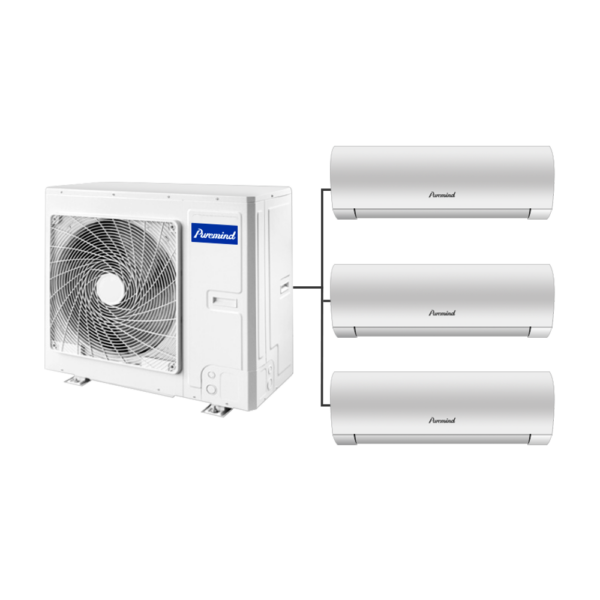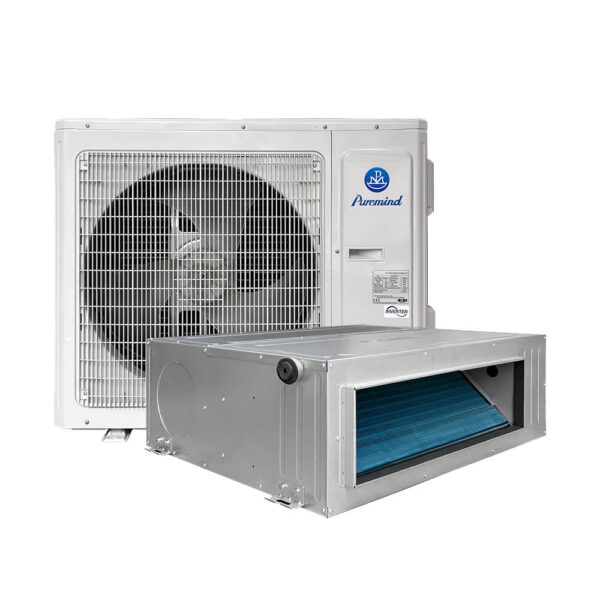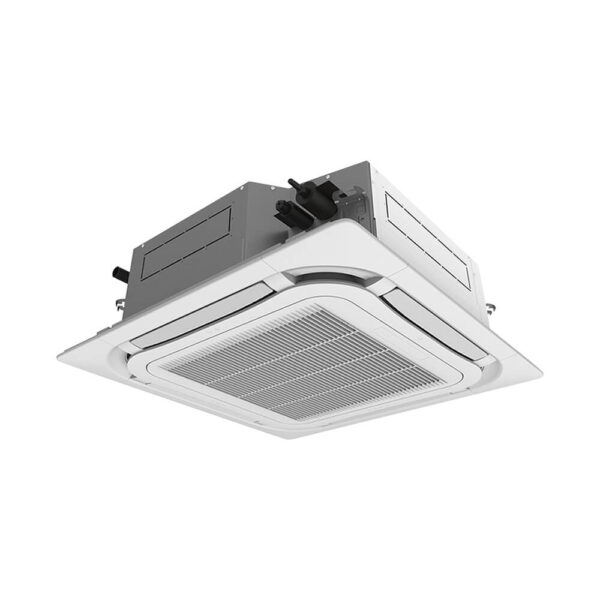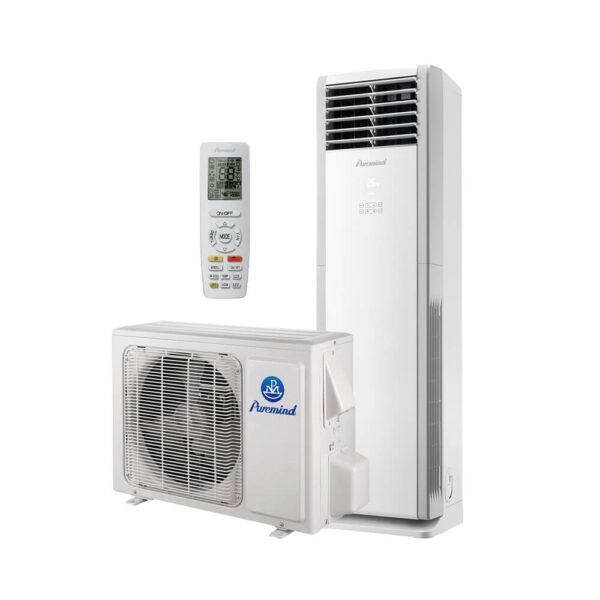Best HVAC System for New Construction: Complete Guide for Wholesalers and Distributors
In the world of building projects, selecting the best HVAC system for new construction is one of the most critical decisions. For wholesalers, suppliers, and distributors, recommending the right system means ensuring long-term comfort, energy efficiency, and reliability for contractors and property owners. This guide explores top HVAC system options, essential selection criteria, and industry insights that can help you support your clients in building projects of all sizes.
Why Choosing the Best HVAC System for New Construction Matters
New construction projects require HVAC systems that can integrate seamlessly into modern building designs. Unlike retrofitting older properties, installing HVAC in new construction allows for maximum flexibility in system design and efficiency. By providing the best HVAC system for new construction, wholesalers and distributors position themselves as trusted partners in delivering sustainable and cost-effective building solutions.
Key Considerations for New Construction HVAC
- Building Size and Type: Residential, commercial, and industrial projects have unique HVAC requirements.
- Energy Codes: Local energy efficiency regulations influence equipment selection.
- System Flexibility: Scalable systems are ideal for multi-family housing and commercial projects.
- Cost of Ownership: Upfront cost, efficiency, and maintenance all impact long-term value.
- Technology: Smart controls, variable speed compressors, and eco-friendly refrigerants increase demand for advanced systems.
Best HVAC Systems for New Construction
1. Central Split Systems
Central split systems remain one of the most common choices for new residential and light commercial projects. They provide reliable comfort and can be designed to meet specific building requirements. Distributors can expand their portfolio with diverse options available in the split air conditioner category, ensuring flexibility and variety for their customers.
2. Packaged HVAC Units
Packaged rooftop HVAC units are widely used in commercial new construction projects. They combine heating and cooling into a single unit, saving space and simplifying installation. Wholesalers who carry packaged units can cater to contractors looking for quick and efficient solutions in office buildings, retail centers, and industrial facilities.
3. Ductless Mini-Split Systems
For modern buildings where space efficiency and zoning are important, ductless mini-splits are ideal. These systems are flexible, easy to install, and highly energy efficient. New construction projects that emphasize contemporary design often favor ductless systems for their quiet operation and customizable comfort zones.
4. Variable Refrigerant Flow (VRF) Systems
VRF technology is one of the most advanced solutions available today. It allows multiple indoor units to be connected to a single outdoor unit, offering precise temperature control and excellent energy efficiency. VRF systems are popular in hotels, office complexes, and multi-story residential projects.
5. Geothermal Heat Pumps
Geothermal systems leverage the stable temperatures underground to provide highly efficient heating and cooling. Though the upfront cost can be higher, they deliver long-term savings and align with sustainability goals. For distributors targeting eco-conscious builders, geothermal heat pumps are an attractive addition to the product line.
6. Hybrid HVAC Systems
Hybrid systems combine traditional furnaces with electric heat pumps, allowing buildings to optimize energy use based on external conditions. These systems are particularly appealing in regions with fluctuating energy costs or climates with hot summers and cold winters.
Trends in New Construction HVAC
The HVAC market for new construction is rapidly evolving. Several major trends are driving change:
- Energy Efficiency Standards: Government regulations are pushing contractors to adopt systems with higher SEER and HSPF ratings.
- Smart Building Integration: HVAC systems are increasingly being connected with building automation systems for centralized control.
- Sustainability: Eco-friendly refrigerants and renewable energy integration are key priorities for new construction projects.
- Customization: Builders are demanding modular systems tailored to the unique needs of each project.
Top Brands Offering the Best HVAC Systems for New Construction
- Carrier: Known for innovative technology and reliable central systems.
- Trane: A leader in packaged rooftop units and energy-efficient solutions.
- Lennox: High-efficiency systems ideal for residential and commercial projects.
- Daikin: Global leader in ductless mini-splits and VRF technology.
- Mitsubishi Electric: Advanced VRF systems with cutting-edge control features.
- York: Durable systems often used in large commercial and industrial projects.
Industry Insights
According to AHRI, demand for high-efficiency HVAC systems in new construction is increasing significantly due to stricter energy codes and sustainability goals. Distributors who offer advanced and eco-friendly systems are well-positioned to meet the evolving needs of contractors and developers.
Benefits for Wholesalers and Distributors
Stocking the best HVAC system for new construction offers several advantages:
- Strengthened business relationships with contractors and builders.
- Improved profit margins by offering premium and energy-efficient solutions.
- Reduced returns and warranty claims through quality products.
- Access to training and promotional support from top HVAC brands.
Practical Tips for Selecting Systems
- Understand the local building codes and energy standards.
- Evaluate system scalability for future building expansions.
- Balance upfront costs with long-term savings.
- Prioritize systems with strong manufacturer support.
- Offer product bundles to contractors for convenience and efficiency.
Conclusion
Choosing the best HVAC system for new construction is about more than selecting a brand. It requires an understanding of project needs, local regulations, and long-term efficiency goals. By recommending trusted brands and advanced systems such as VRF, ductless mini-splits, and geothermal heat pumps, wholesalers and distributors can add value to every construction project. As demand for sustainable, efficient, and smart HVAC solutions grows, those who adapt early will lead the market.
Final Thought: By stocking and recommending the right solutions, distributors not only deliver value but also secure their role as essential partners in building modern, efficient, and future-ready structures.







